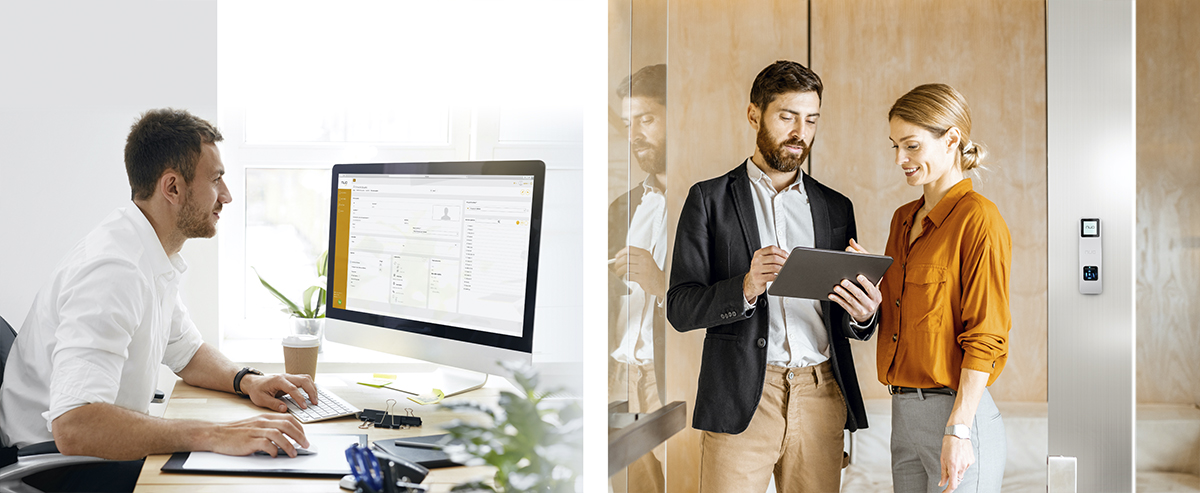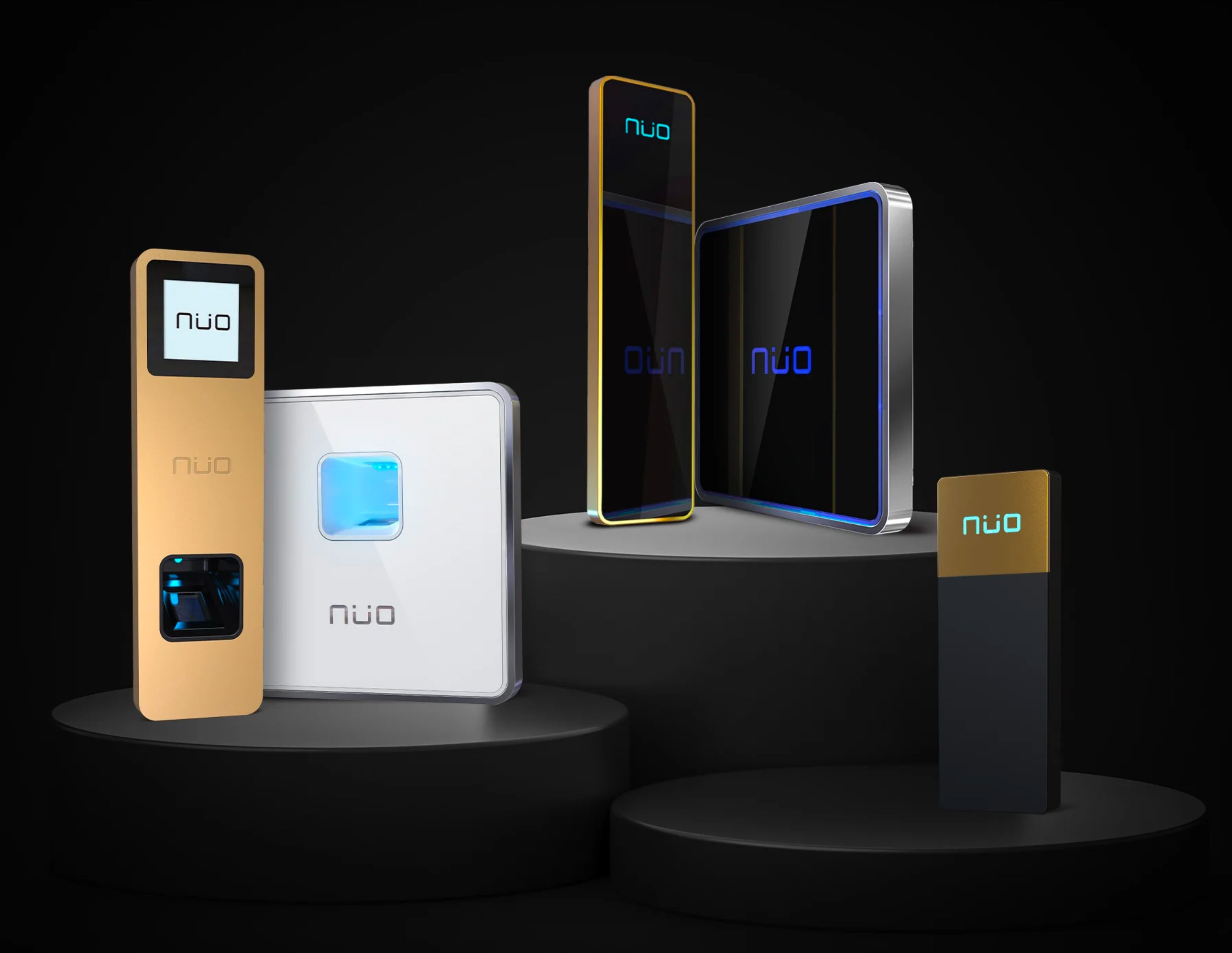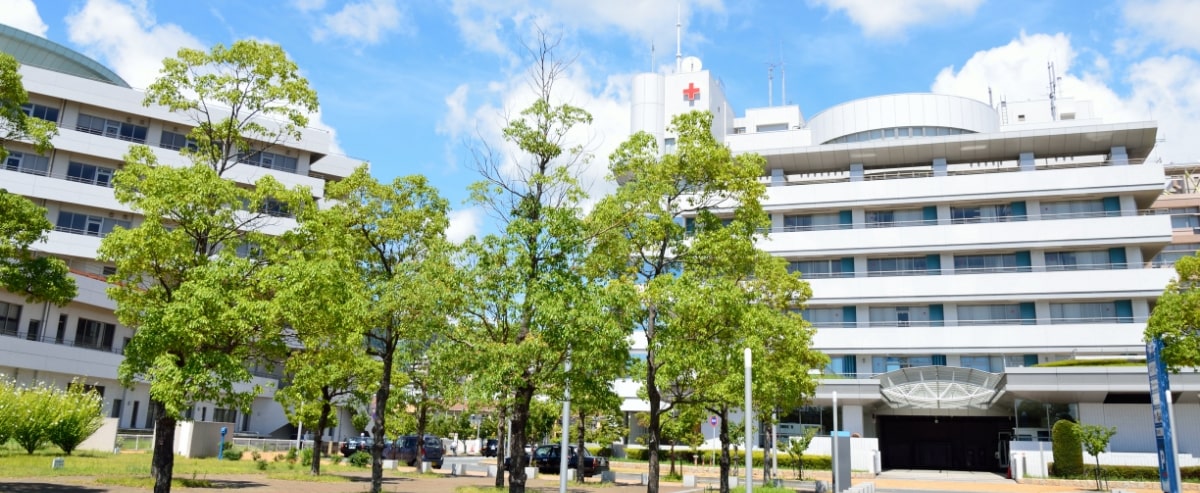One of the main challenges for installers of access control and electronic security systems is the compatibility between the software and hardware, especially if both are from different manufacturers. The protocols of one may be different from the other, and the adaptation of the two ends up presenting vulnerabilities.
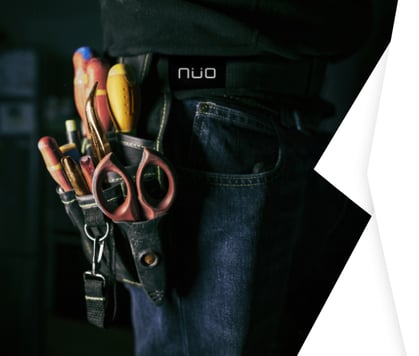
Therefore, it is key to the proper functioning of an access control system that both the hardware and software are from the same manufacturer and that the mechanics and electronics of each device help to simplify the installation and operation of all the parts.
In this regard, an All-in-One solution is ideal for streamlining all the work of an installer. The name itself tells you everything you need to know: you'll find everything in one place.
Advantages of software and hardware integration for the installer
When an installer that specialises in access controls is faced with a traditional system, they will have to bring a computer, cables and more cables with them and open up several little boxes to be able to join all the parts. A routine job that can take a whole hour or even more to complete. But what if there was an option where everything came in a single box, a single package where all the parts, software, hardware, power supply, battery, etc., were all together, practically assembled, with just one cable? What if the time spent on installation and start-up was reduced to just a few minutes?
That's what the All-in-One is all about, a package with which the installer can reduce installation times, increase the security of all access controls thanks to the synchronisation of all the components, and thus increase the reliability of all their processes, with no margin for error.
The key to making a system All-in-One is that a single manufacturer must be responsible for developing all product phases: software, hardware, mechanics and electronics. When software and hardware are integrated, all the processes become much simpler. Some of the advantages are:
- No incompatibilities: Having the same manufacturer design the hardware and software allows the connection between the devices and the brain to always be seamless and without any interruptions. Everything will work correctly the very first time!
- No lengthy setups: One of the features that allows for the integration of software and hardware is autoconfiguration, that is, with just a couple of clicks, all the devices will be connected to the network. The system will be able to associate several doors at the same time and control them remotely.
- No issues with updates: Every time the software is updated, the associated devices won't have an issue recognising the new processes. How many times has an update required the intervention of an installer so that the devices don't get confused? This won't happen if the software and the hardware speak the same language. Thus, each update will be for life and will be carried out automatically from the web.
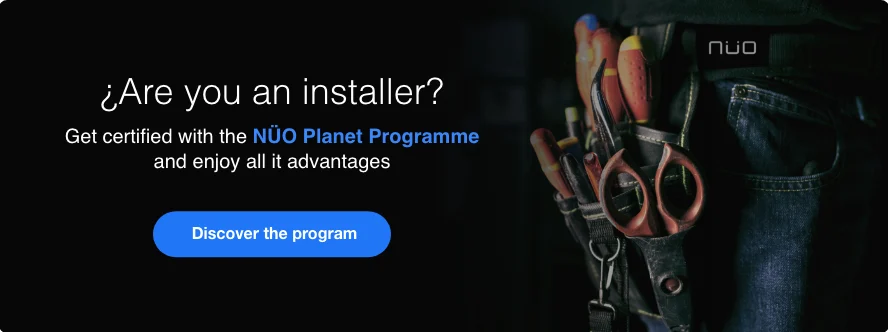
- No maintenance: If everything runs smoothly, if the updates don't end up having any incompatibilities, if both the software and the hardware always go hand in hand, what maintenance is needed? Well, practically none. It's also important to add that all the materials, from the electronic components to the housings of the devices, are of the highest quality.
- The sky is the limit: All of these features allow each software to gain in scalability, that is, new access points can be added at any time, new information about personnel, you can change permissions, etc.
- Complete security: No bugs, no vulnerabilities. And without vulnerabilities, access controls are much more secure and reliable. But if any bug or misuse is detected, automatic alerts are quickly launched.
The All-in-One system has other advantages beyond the integration of hardware and software. The installer will have a box where everything will already be joined together, practically assembled for them. One of the main differences is that it's a Plug & Play system, that is, it has a single UTP cable through which all devices are connected.

Another important feature is that you won't have to be at the mercy of failures in the installation's power supply since the controller will be permanently connected. In fact, the controller in these cases is the basic part since it is the brain that will execute the system's orders. The controller in an All-in-One system has the following characteristics:
- The software will be embedded in this controller, as if they were the same part.
- 48V power with which you can work at a greater distance (control more accesses further away), have greater autonomy and, consequently, fewer problems.
- Colour-coded connections for increased security.
- 4-core processor that sends stronger and faster communications.
- 4 independent bus cables for doors.
- Fail-safe terminal blocks.
- Power supply, charger and battery, all integrated in the same pack so that no device is ever shut off.
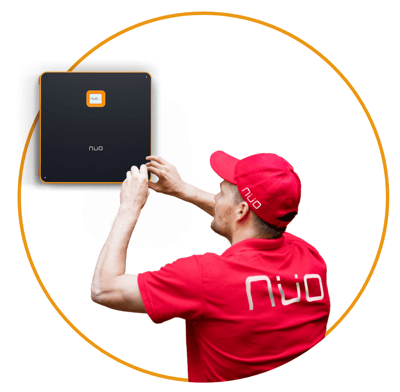
A controller in an All-in-One system will be installed at a strategic point to be able to control all the door units, which will grant or block access according to the order they receive from the controller. A single controller will be able to direct up to ten door units, thus enabling a more global, simple and 100% secure access management.
Another advantage of these All-in-One systems that are designed by a single manufacturer is that they are usually sold without an annual license agreement, with no extra costs for maintenance, etc. With just a single payment, the software and hardware are yours forever.
Discover how we can offer you simplicity, security and design with the different NÜO Planet solutions. For more information, you can contact us via the following link.
Escrito por: NÜO Planet
Categorías: Security, NÜO Go!, Access Control, Essentials
